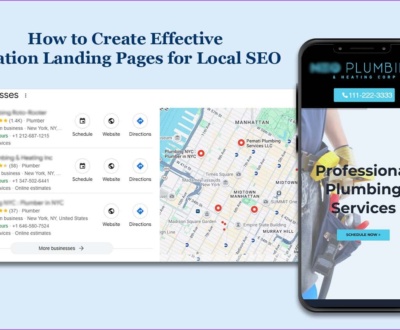Google web stories have become the most popular way to provide information.
This bite-sized, visually engaging content complements the rising mobile browsing and short attention spans.
However, if you are still wondering whether Google Web Stories are worth it, the simple answer is YES!
These powerful content pieces have the potential to drive traffic and increase engagement and conversions.
However, utilizing these stories to their utmost potential would require expertise and solid strategy.
To learn that, let’s get into the blog and find out how Google Web Stories works and easy tips and tricks to make the most of it.
You can hire a Google Web Stories Services Company as well.
What Are Google Web Stories?
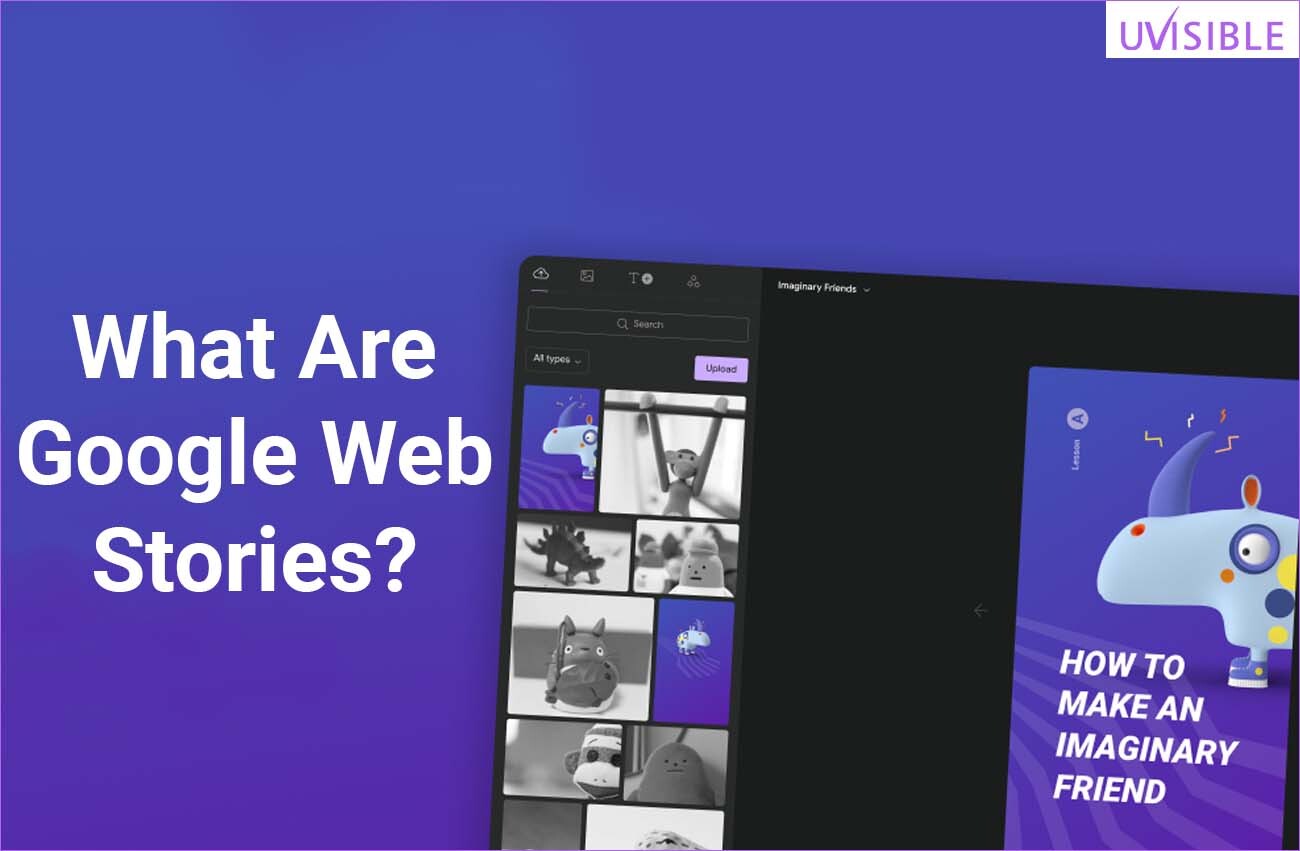
Understand from the basics! A Google Web Story is a mobile-first, full-screen content experience similar to Instagram or Facebook stories.
However, they appear on the Google search result page, the discovery page, and Google Images.
These stories are value-rich snippets offering immersive and quick consumable information, ideal for people who want to stay informed without investing much time.
Unlike traditional stories on social platforms, these are the modern-day strategies to drive traffic directly to your website.
Now, let’s discuss how to create engaging Google Web Stories that keep your audience hooked and boost your traffic.
Why Should You Use Google Web Stories?
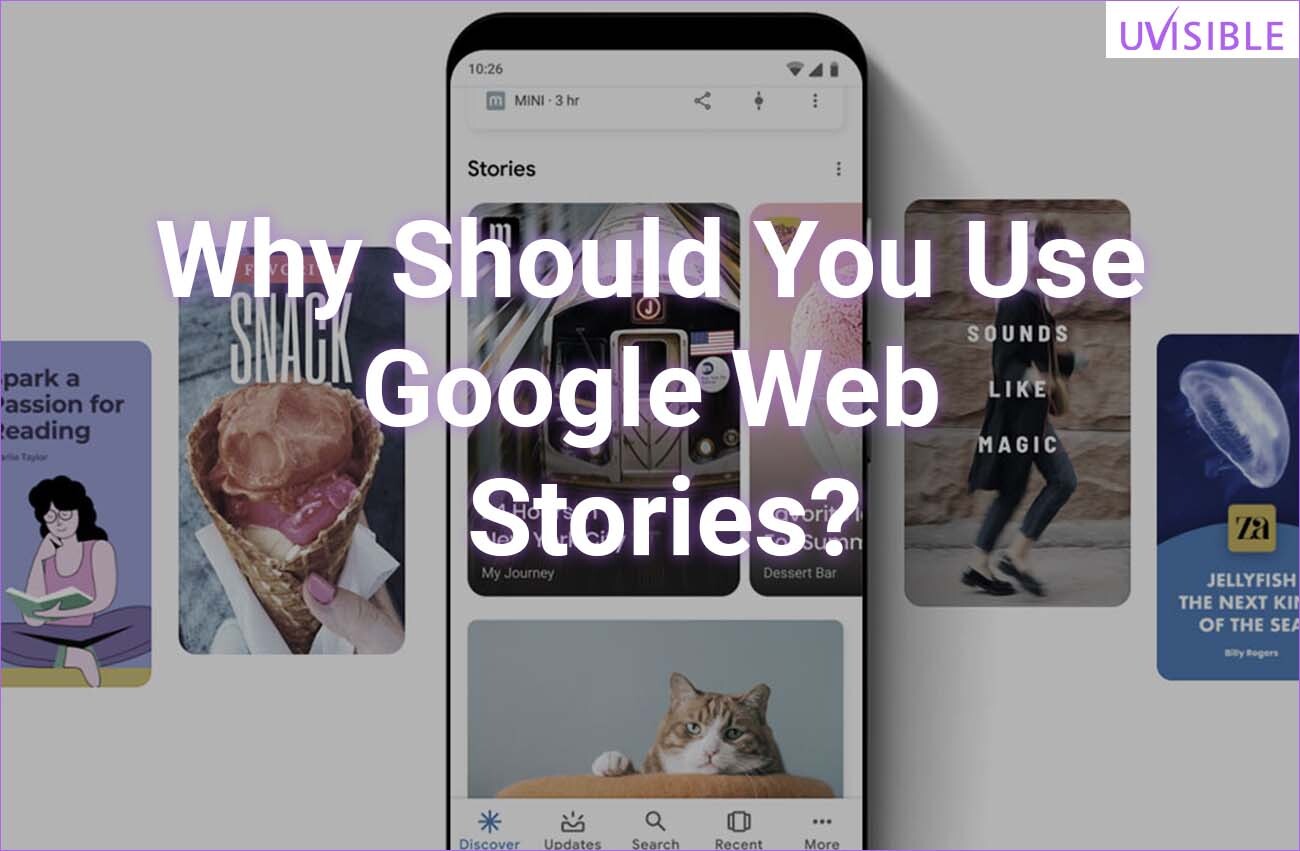
Google Web Stories are worth investing every second for the following reasons-
- Increase Visibility—They get featured in Google Search and Google Discover, increasing the visibility of your content and website.
- Mobile-First Focus– Growing mobile-first norm, Google Web Stories perfectly caters to mobile audiences with immersive and full-screen experiences.
- Monetization Potential—Google Web Stories can be monetized using Google Ad Manager, opening doors for content creators to earn money.
- SEO-Friendly– Web stories can be indexed and ranked quickly, offering the best way to improve your SEO strategy.

How to Create Google Web Stories
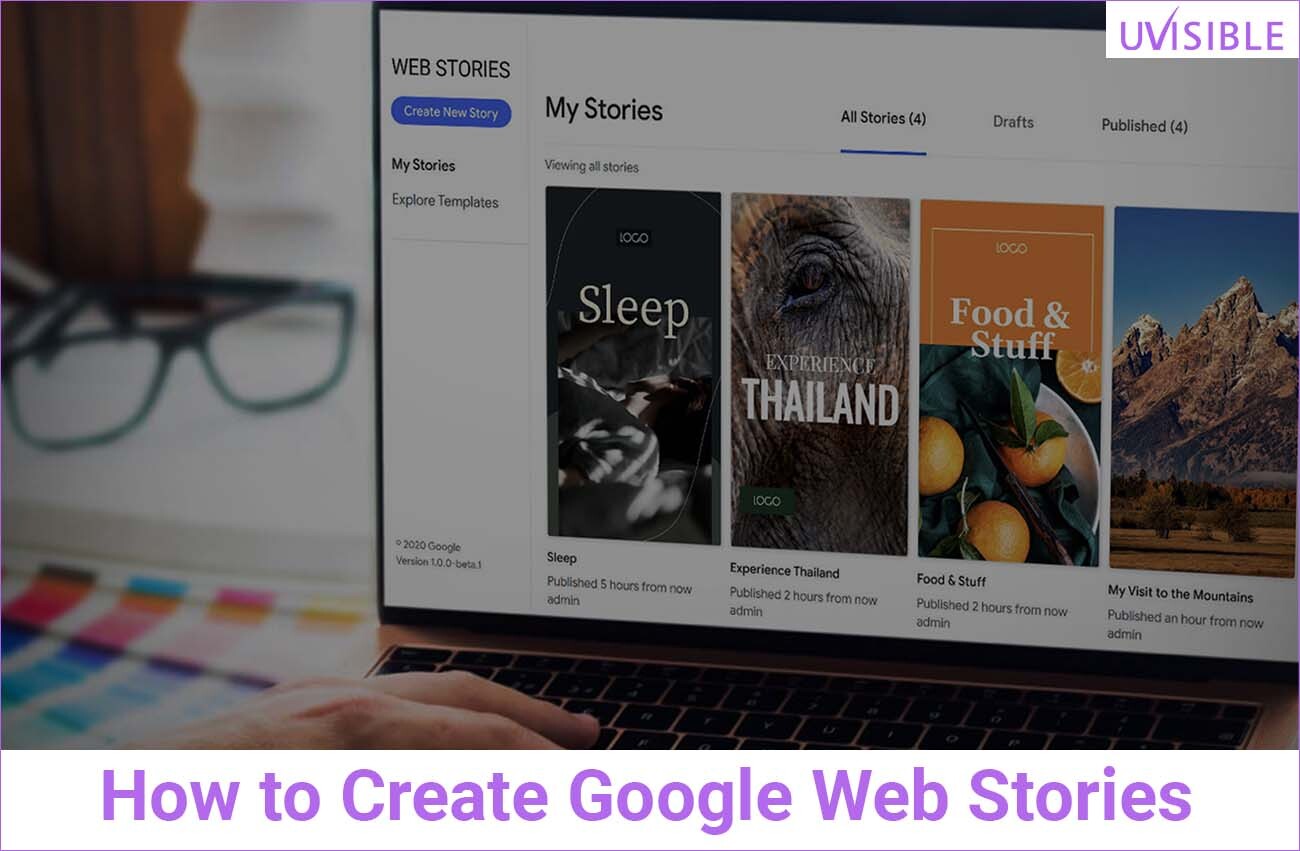
Tip 1: Keep Short and Simple
The essential to keeping the magic of Web Stories is their brevity.
Each story can have multiple slides, but the task is to make everything short and engaging.
Follow the thumb rule to craft Web Stories within 4-10 slides.
This way, you’ll be able to keep your audience engaged and informed without overloading the readers with information.
Tip: Make sure to add limited text to a slide. A concise message with striking visuals works better.
Tip 2: Focus on High-Quality Visuals

The most important rule of Google Web Stories is compelling visual storytelling. Add high-quality images and videos.
Low-quality visuals can destroy your efforts and make the story look amateurish, turning users away.
Choose vertical images and videos with a resolution of 1080*1920, which is ideal for mobile-first formats.

Add animations and transitions that bring life to your story to improve engagement.
However, don’t overdo it, as it can confuse users, leading them to skip the story.
Tip 3: Use Engaging Headlines

Headlines are the first thing a viewer will see, and having an enticing and clickable headline on the first slide will improve the probability of getting featured in search results.
Make sure that you add keywords to get discovered.
The definite goal is to get a high rank; however, it is also important to have a headline that sparks curiosity and motivates users to click.
The best way to do that is to keep it “short, simple, and engaging.”
For instance, you can draft a headline saying “Boost Your Conversions in 5 Minutes using these 10 Tips” instead of “10 Ways to Drive Conversions”.
Ensure the headline shares the objective of whether your story will solve a problem or deliver essential information. It should be engaging but also value-rich.
Tip 4: Optimize for SEO

Like all other content formats, SEO optimization is essential for a Web Story to perform better.
Here’s how you can do it-
- Add a Keyword Friendly Title: Catchy title with key information and targeted keywords.
- Use Alt Text and SEO Optimized Images: Descriptive text for images for Google to understand the content and make alt text keyword-friendly and accessible.
- Include Meta Description: Well-written meta tag to attract users to click on the story.
Tip 5: Incorporate Clear CTAs
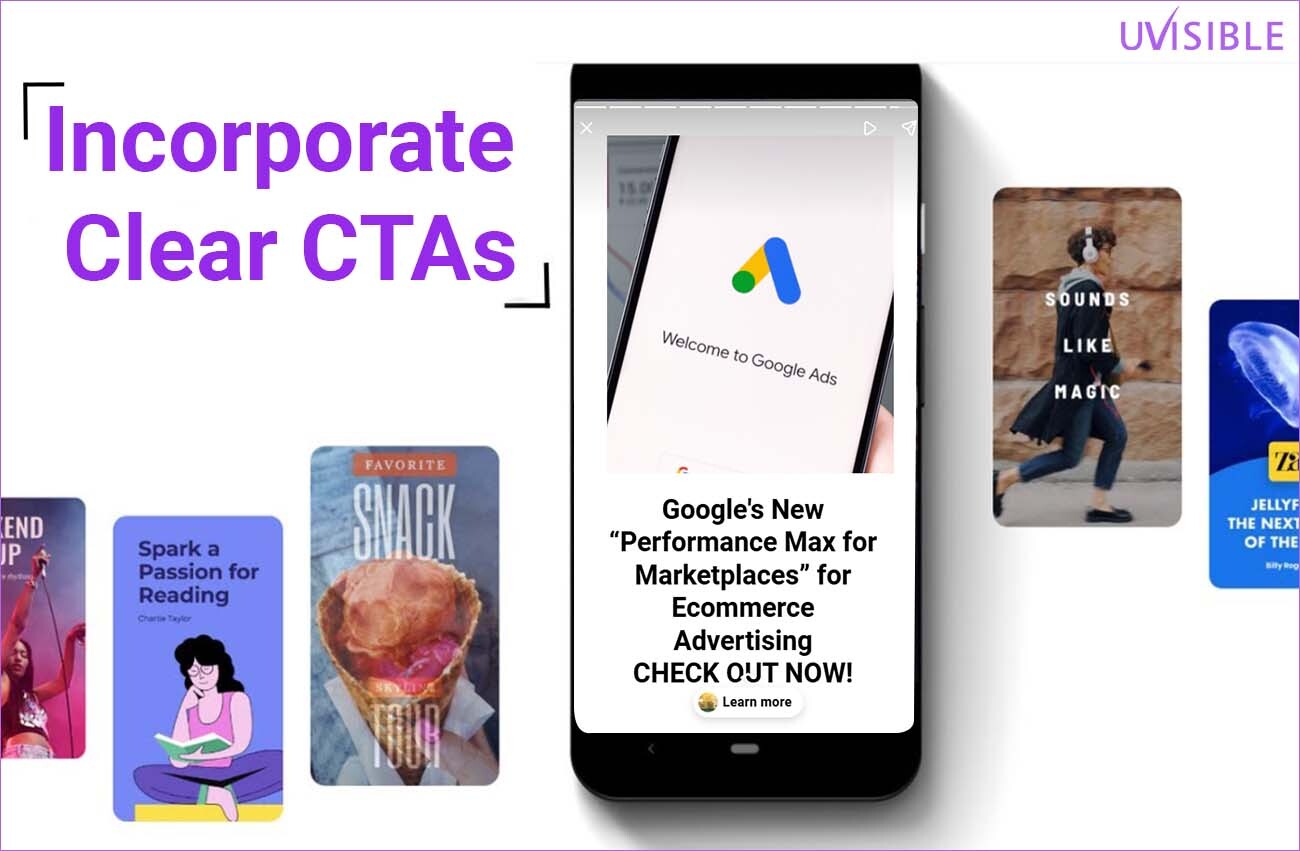
Add a clear Call-to-Action (CTA) option in the Web Story whether your goal is driving readers to your website, following on social media, or buying something, an accessible and strategically placed CTA can do it.
Ideally, the CTA should be added to the final slide of the Web Story.
Tip- Use action-oriented keywords in CTA such as “Shop Now,” “Learn Now,” or “Download Guide.”
Tip 6: Leverage Analytics
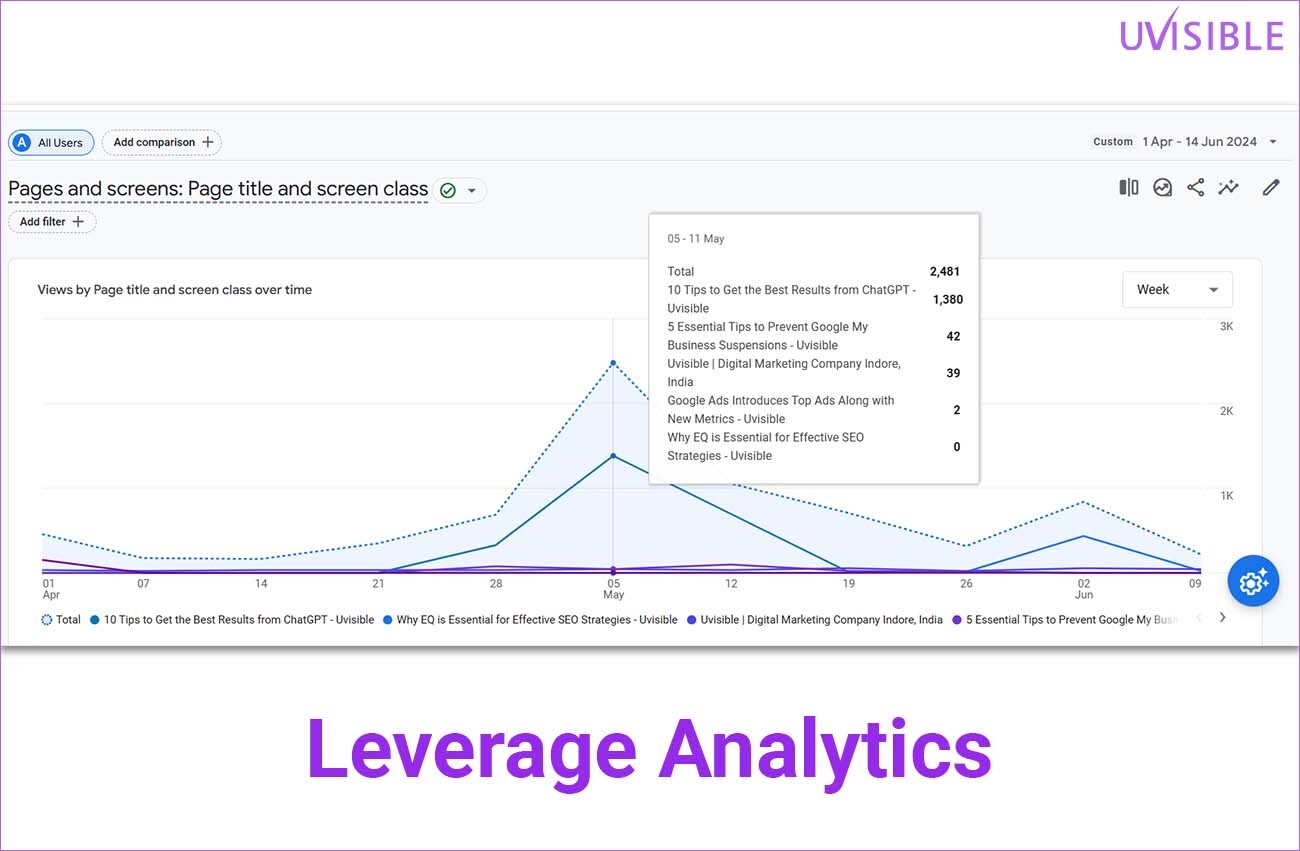
Measure the performance of Google Web Stories via Google Search Console.
Track views, impressions, clicks, and average position, among others.
You can improve your story’s performance by improving the needed area.
For example, using trendy topics to get yourself discovered is one of the most common tactics for Google Web Stories!
Agencies like us performing SEO for news websites use web stories to get traffic through Google Discover Page.

Tip 7: Use Google Web Stories Plugins
If you create stories using WordPress, use Web Story Plugin to simplify your task.
Even a beginner can create expert Web Stories using templates, drag-and-drop functionality, and customization options offered by plugin.
Tip 8: Test on Multiple Devices

We know that we told you initially that Web Stories should be curated for mobile first.
However, test them for different devices, especially tablets and laptops, as they should be responsive to every screen size without harming the user experience.
Tip 9: Keep Experimenting
To achieve success with Google Web Stories, you must test the approach.
Experiment with different formats, visuals, headlines, and CTAs to identify what works. Every test will teach you more about Google Web Stories.

Tip 10: Consistency is Key
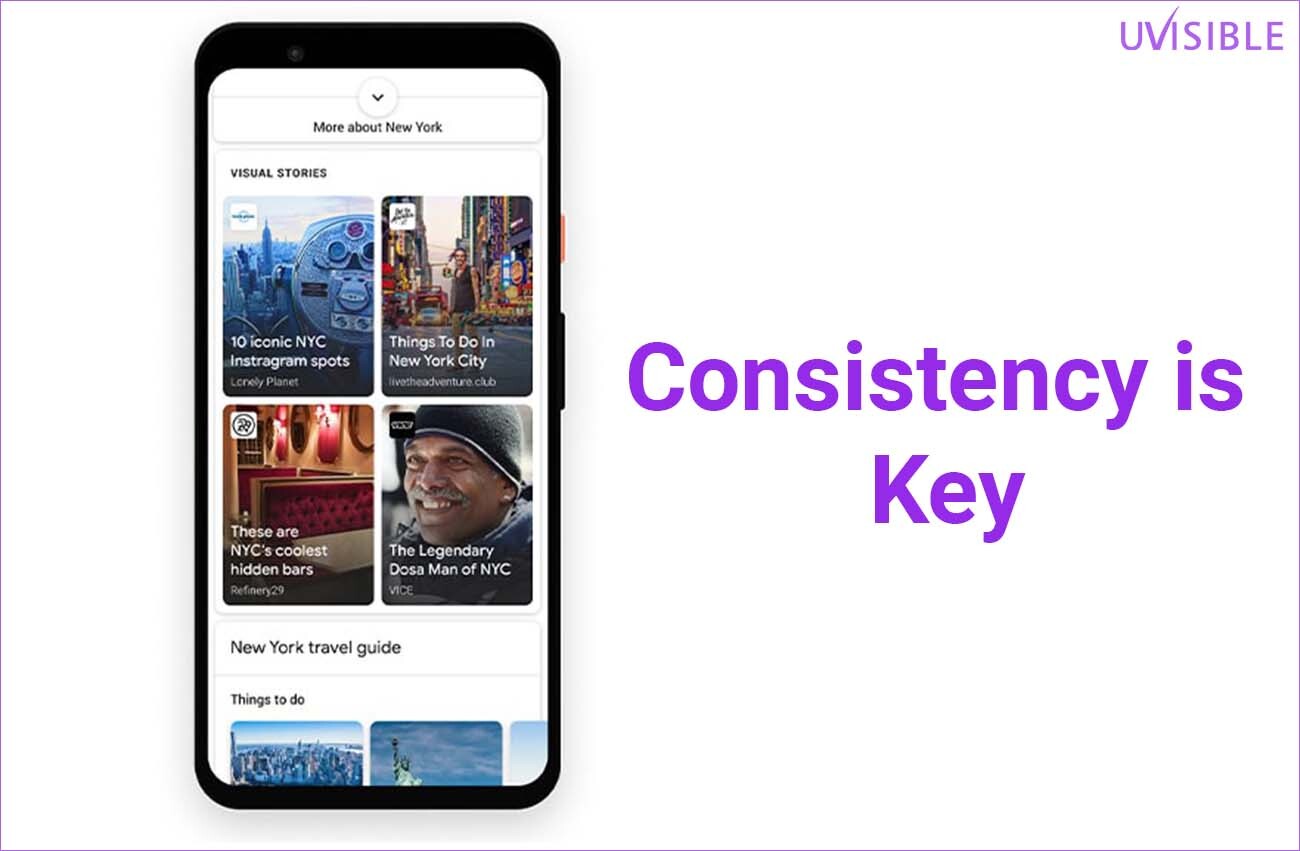
Just like any other content format, Google Web Stories requires consistency.
Posting a few stories won’t do any magic; however, a regular schedule of stories keeps them fresh, relatable, and aligned with your overall content strategy.
Posting stories regularly will increase your chances of getting featured in platforms like Google Discover to grow your audience over time.
Final Thoughts!
Google Web Stories are the modern-day ninja of the digital world.
They offer precise and quick attention to your target audience. Their mobile-first, engaging approach attracts users in seconds.
If you draft a story with a blend of creativity and strategy, the rewards will be fruitful, boosting traffic, improving SEO, and even generating revenue through ads.
Use the following tips to create short, high-quality, visually treating, and SEO-optimized Web Stories to drive actual results for your business.
You can get help from an offshore SEO service with expertise in Google Web Stories to do it all for you.
So, get creative, stay consistent, and make the most of this exciting feature!
About us and this blog
We are a digital marketing company with a focus on helping our customers achieve great results across several key areas.
Request a free quote
We offer professional SEO services that help websites increase their organic search score drastically in order to compete for the highest rankings even when it comes to highly competitive keywords.
Subscribe to our newsletter!
More from our blog
See all postsRecent Posts
- How to Create Effective Location Landing Pages for Local SEO March 12, 2025
- AI is Taking Over SEO – Adapt Now or Disappear from Search! March 7, 2025
- Maximize Your Reach with Google Discovery Ads March 1, 2025

